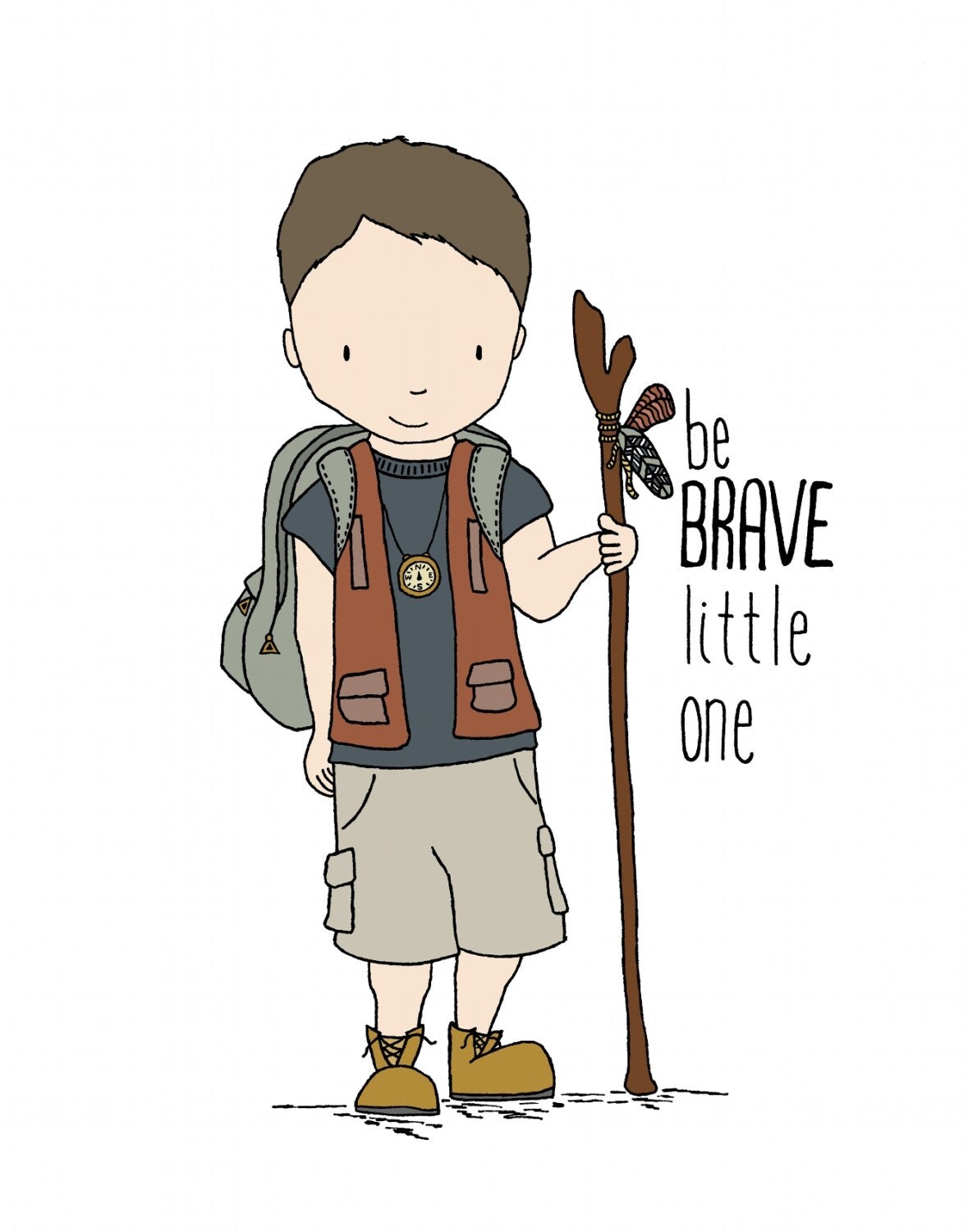
Honestly, things were a little anticlimactic. Have an opinion on anything you’ve read in the Guardian today? Please email us your letter and it will be considered for publication.LEGO® NINJAGO® Amber Spiral – Chapter 4: Egon the Extraordinary The only way this problem can be solved is by empowering parents to conveniently manage the content their child sees on their own devices and on their own networks. If it is easy to circumvent (using a VPN, for example), it provides no protection. State-wide content moderation presents a catch-22: if it is not easily circumvented, it is a harmful tool of censorship. It takes little imagination to realise how this could be used by a government that was hostile to political dissent. Reliable age identification of internet users is technically infeasible and socially dangerous. The bill proposes to proactively criminalise the remainder, with a wide-reaching legal tool of state power and censorship. Some of it should not be seen by anyone, and should be made uniformly illegal.


Much of the material online is safe for children. Unfortunately, the online safety bill fails to solve the problems and presents new ones for society. The only glimmer of light is that online harms presented to children are finally being taken seriously. Silicon Valley is past due for an ethics overhaul: it has cost too many people their lives. More vulnerable people – children especially – don’t stand a chance. I had decades of resilience-building, resources and support in place and I barely made it out. I was under the influence of tech firm toxicity as an adult. Molly was under the influence of tech firm toxicity as a child. They exist side by side, the latter influences the former and their origins are the same: a solidified culture of groupthink that has convinced its participants that they’re the good guys. Online safety for children is an area of critical concern. The Molly Russell inquest verdict should be a turning point for Silicon Valley, but I suspect that tech firms will continue to place the blame elsewhere, most likely on victims. One year later, I have greater clarity on the psychological harm I extricated myself from. Mistreatment was hidden behind benefits and perks.

Tools that were, on the surface, meant to promote fairness and positivity, such as levelling rubrics and company values, were often weaponised against employees. After three years at a tech firm, I learned that toxic organisational culture in tech is far more subtle and harder to call out. Many tech companies foster a culture of harm internally as well. Young people are not the only collateral damage of the tech industry.


 0 kommentar(er)
0 kommentar(er)
